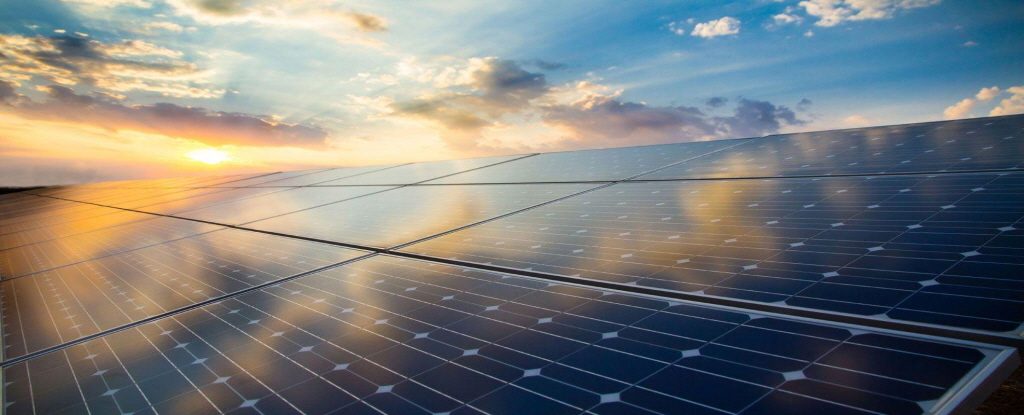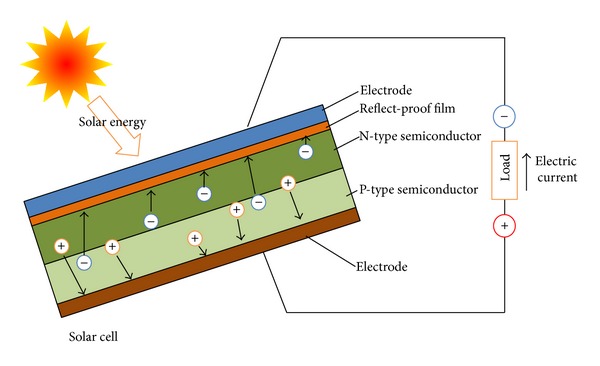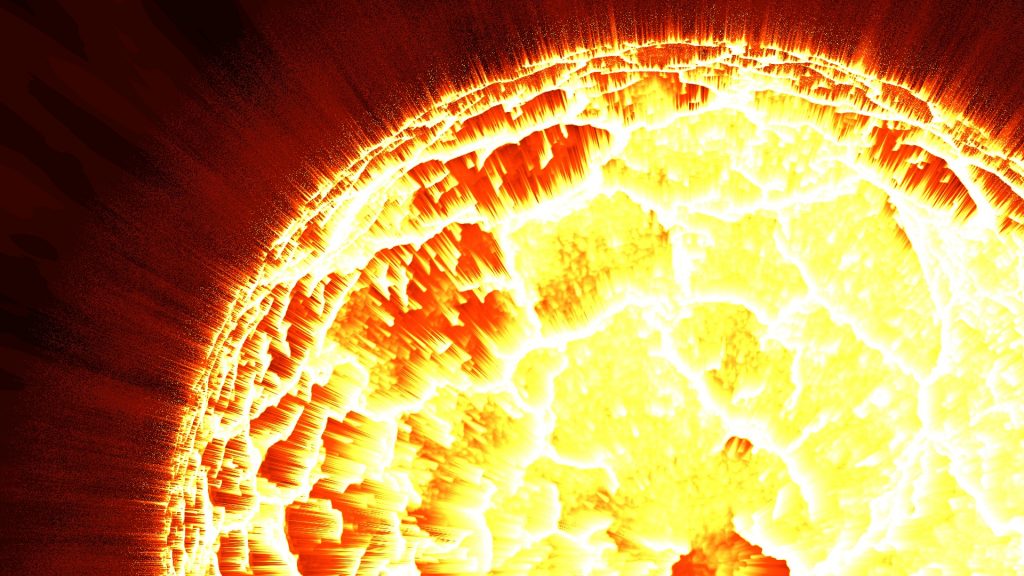
1. Solar power generation principle
Solar power generation is a power generation method that converts solar rays directly into electric energy using solar cells (solar cells).
Solar power generation consists of photovoltaic modules with integrated solar cells and power inverters.
And additional structures are needed to install modules on land.
The basic principle of solar power generation is based on the electrical properties of solar cells. A solar cell is a junction of a p-type semiconductor and an n-type semiconductor. When the sunlight is emitted, the energy causes holes and elctrons in the solar cell. At this time, the holes are gathered toward the p-type semiconductor and the electrons are collected toward the n-type semiconductor. In this case, a potential difference occurs on both sides and current flows.

2. Advantages and Disadvantages of Solar Power
3. Place to Install Solar Power Generation
The installation of a solar power plant is divided into three categories : land, buildings, and water.
1) Land
Land is the most used place for solar installation. In order to reduce the initial investment cost, it is important to arrange cheap land. The disadvantage is the complicated and difficult licensing process because the land needs to be changed.
2) Buildings
It is installed on the rooftop of various buildings, and the investment cost is less than the land-based installation and the licensing process is simplified.
However, the installation area is generally limited.
3) Water.
It has both the advantages of the land and the advantages of the building by installing it on the surface of the water. It is possible to secure a large area with comparatively little cost, and it is easy compared to land.
However, there is a disadvantage that it is difficult to construct because the sunlight must be installed on the waterfront.

4. The future of solar power generation
Solar energy generation is the most popular factor in renewable energy sources, replacing fossil fuels. If we increase the efficiency of solar cells and continue to develop other solar power materials, we expect the solar power generation field to continue to develop.
The most promising energy source in the renewable energy field is nuclear fusion. Nuclear fusion is a power generation method that uses heat generated when hydrogen fusion occurs, which is the same as the principle of fusion of the sun. It is expected to be the ultimate energy, but it is expected to be commercially available after 2050.
Solar power is expected to be the most useful alternative in the field of renewable energy, until nuclear fusion is commercialized.
